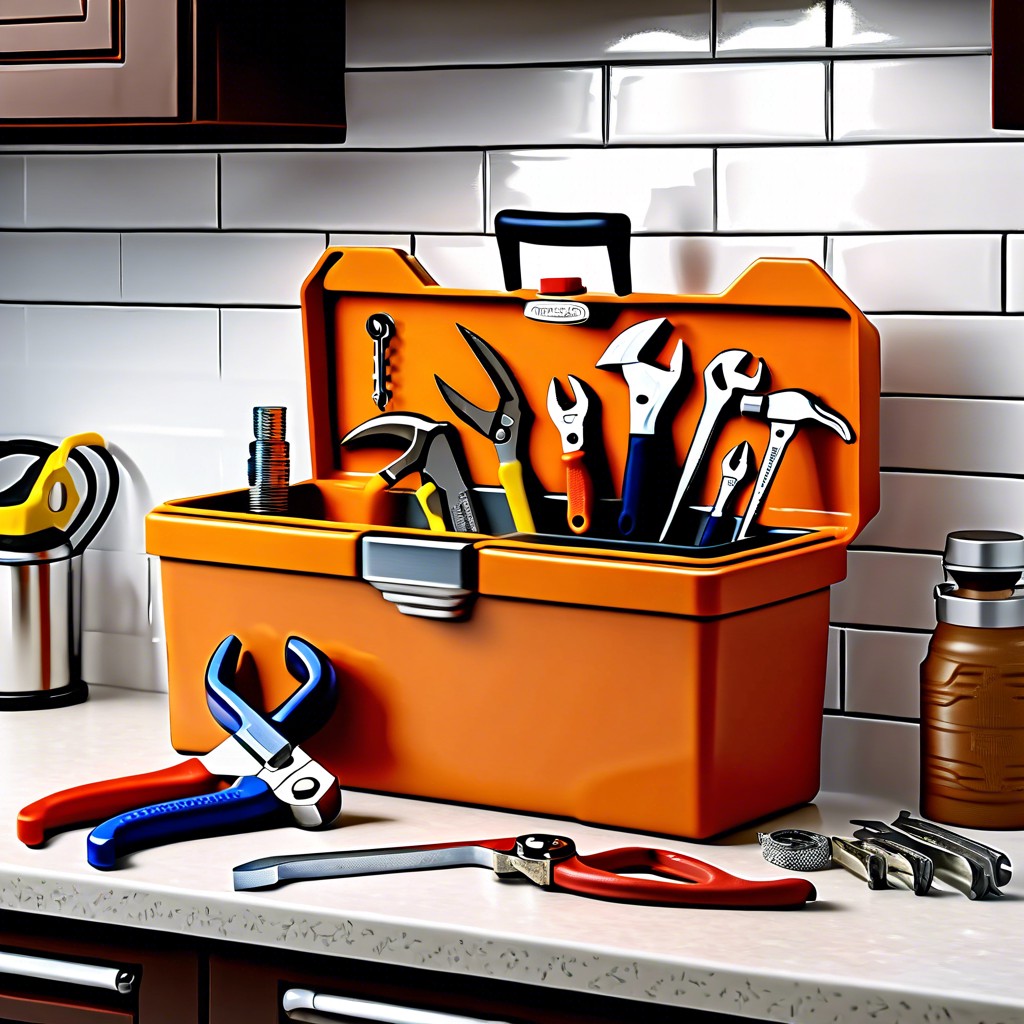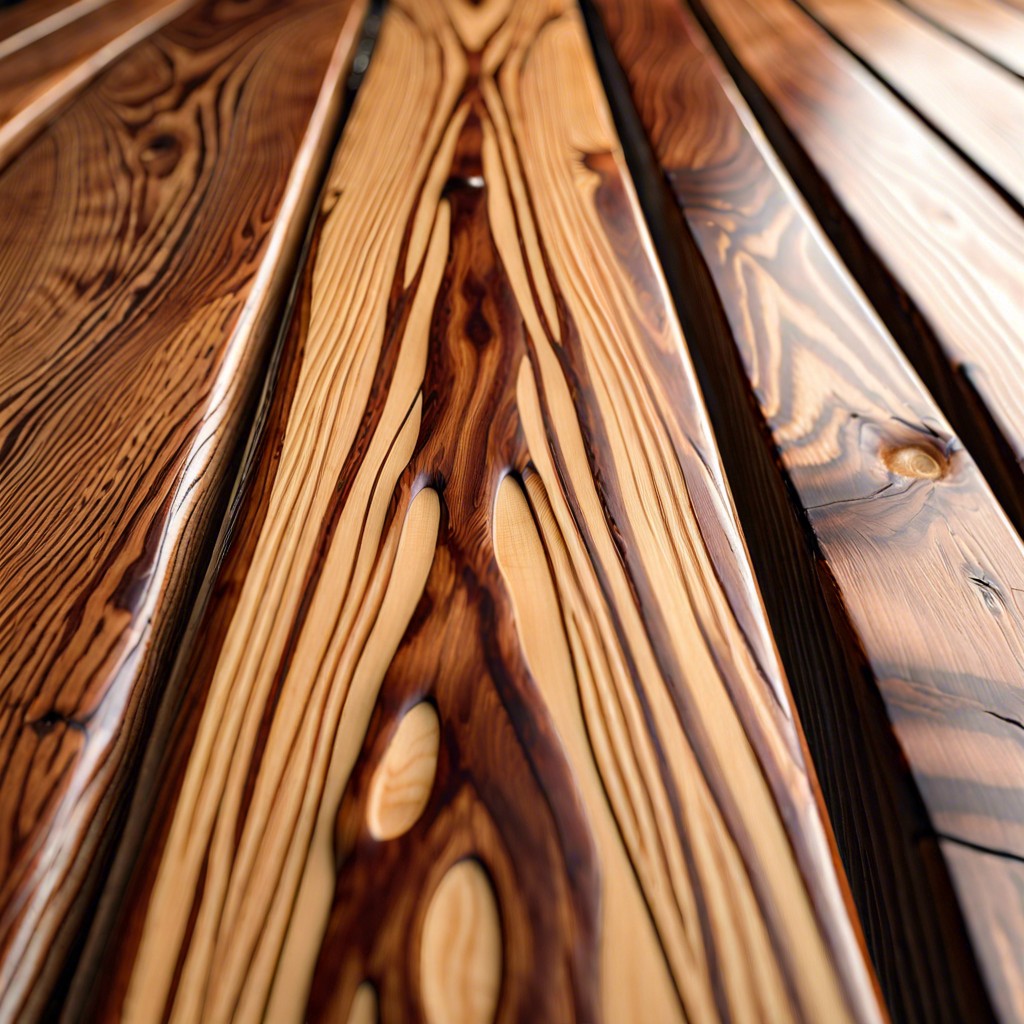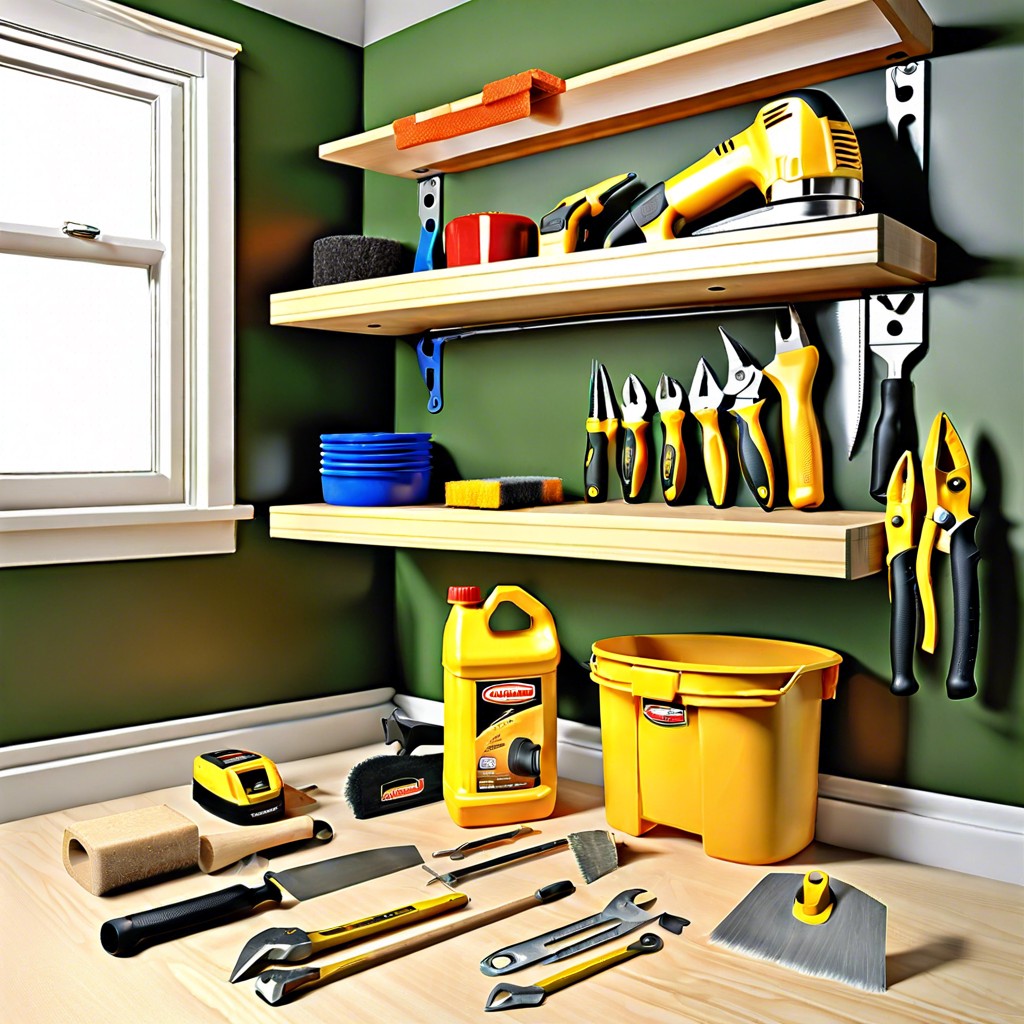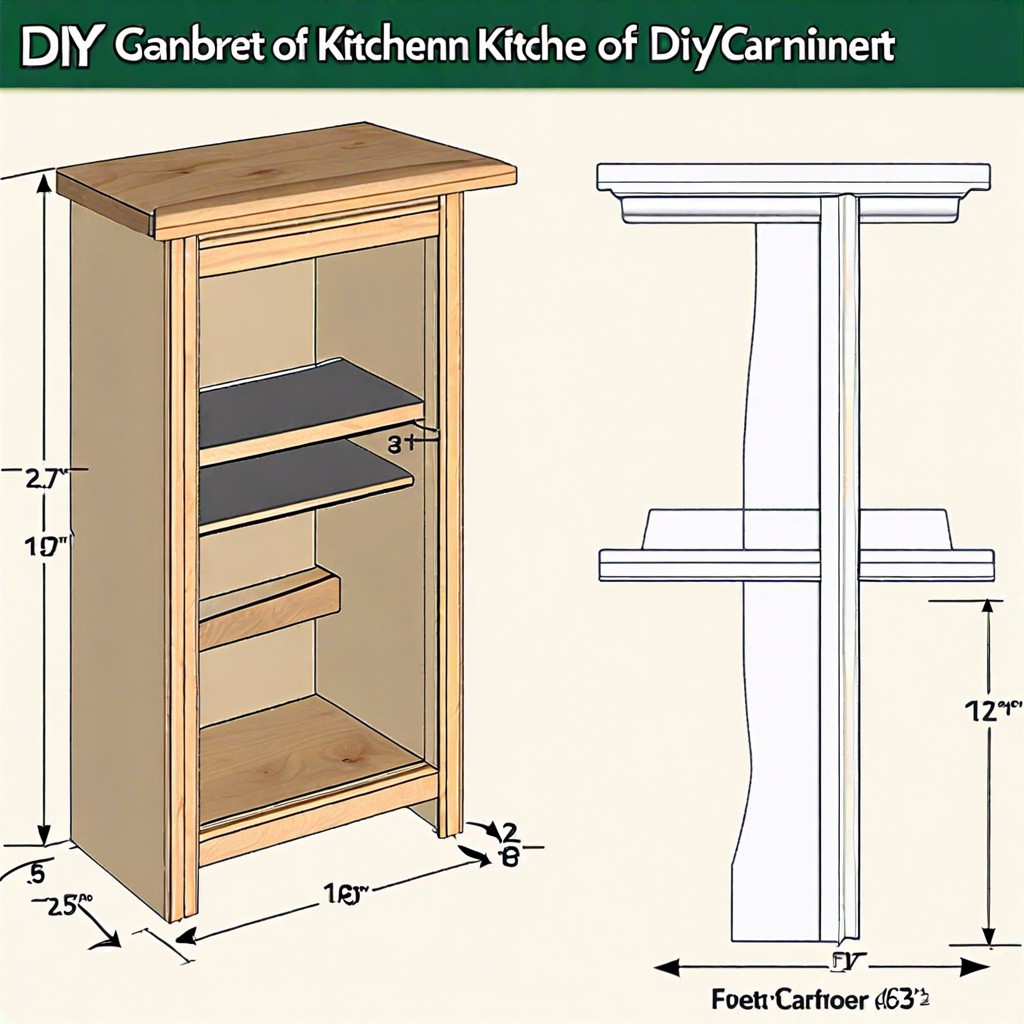Last updated on
Discover how vinyl wrapping your cabinets can transform your kitchen’s aesthetic with a cost-effective, durable, and stylish update.
Key takeaways:
- Vinyl cabinet wraps offer a cost-effective alternative to cabinet replacement or refinishing.
- They provide a wide range of aesthetic options to suit individual preferences.
- Vinyl wraps are easy to apply, saving time during the installation process.
- Wraps protect cabinets from damage and can be easily changed if desired.
- Vinyl wrapping is an environmentally friendly choice that reduces waste.
What's Inside
Types of Cabinet Wraps
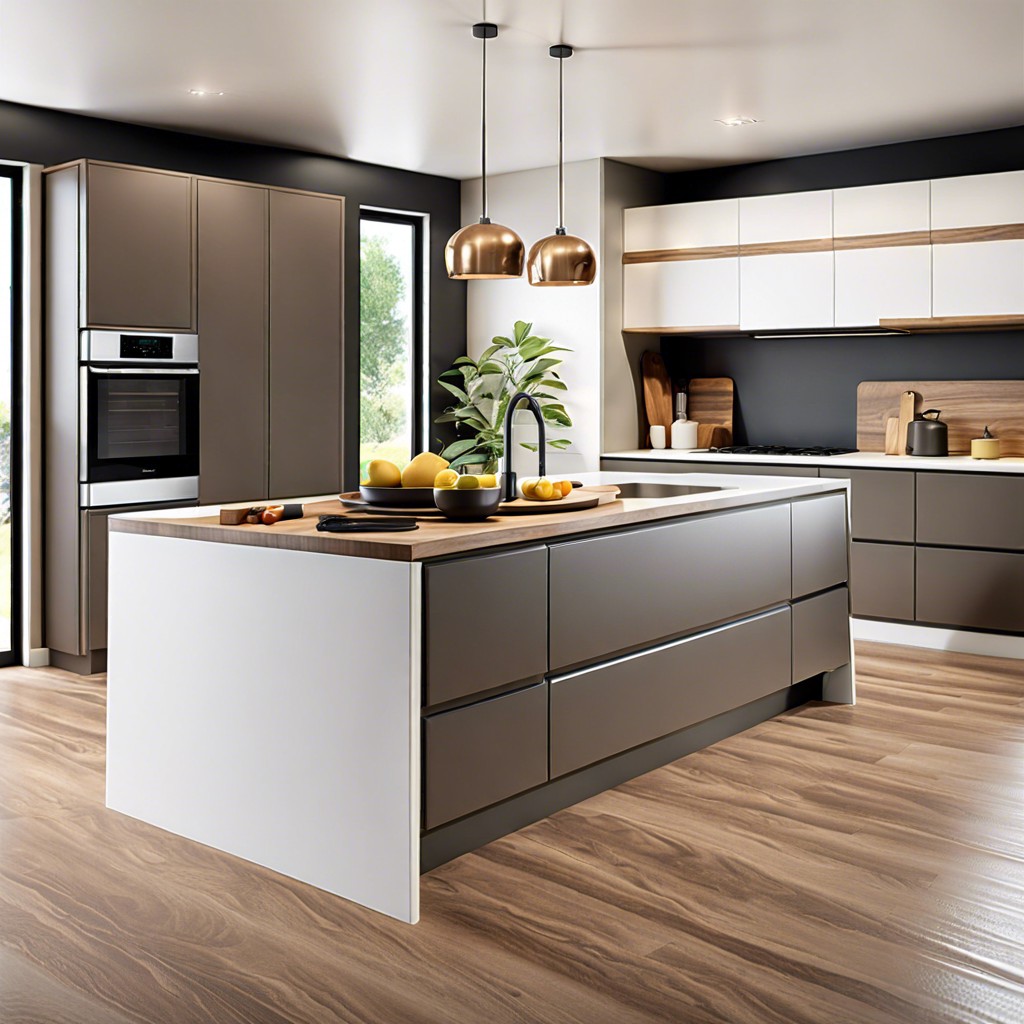
Cabinet wraps come in a variety of materials, each with distinct characteristics to suit different tastes and functional needs.
Firstly, vinyl is a popular choice due to its versatility and wide range of finishes. You can opt for a high-gloss finish that mimics the sheen of painted cabinets or choose a matte look for a more subdued appearance. Textured options, including wood grain and leather-like finishes, provide a tactile experience and can add depth to your cabinetry.
Then there’s the polymeric PVC, known for its flexibility and durability. This type is excellent for wrapping cabinet doors with curved edges or intricate designs as it can stretch and conform to varying shapes without losing its integrity.
Another option to consider is calendered PVC, which is stiffer and suited for flat surfaces. It typically costs less than polymeric PVC, making it a budget-friendly alternative without sacrificing the aesthetic appeal of your kitchen or bathroom cabinets.
For those seeking an eco-friendly option, cast vinyl is made from a thinner film and requires less material to produce. While it may have a higher price point, its lightweight nature and lower environmental impact often make it a favorite among sustainably-minded homeowners.
Lastly, there’s the hybrid vinyl, which combines the durability of polymeric PVC with the pliability of cast films, offering a middle ground for those who want the best of both worlds.
Each type has its unique benefits and ideal use scenarios. It’s key to match the vinyl to the cabinet’s form and function to ensure a satisfying and long-lasting result.
Advantages of Cabinet Wraps
Revamping your kitchen can be a mammoth task, often involving significant time, effort, and expense. However, vinyl wrapping offers a clever shortcut to breathe new life into your cabinets.
Cost Savings
One of the most compelling benefits is the potential for cost savings. Compared to a full cabinet replacement or professional refinishing, vinyl wraps can be a fraction of the price. This means updating your kitchen doesn’t have to break the bank.
Aesthetic Variety
With a vast array of colors, textures, and finishes available, vinyl wraps allow you to tailor your kitchen’s look to your exact preferences. Whether you’re after a sleek, modern matte black or a cozy, wood grain effect, you can achieve it with a wrap.
Time Efficiency
Time is precious, and a full kitchen remodel can take weeks to months. Vinyl wraps can be applied relatively quickly, significantly reducing downtime in the kitchen. This speed of application means your kitchen won’t be out of commission for long.
Damage Protection
Cabinet wraps double as a protective skin for your cabinets. They shield the surface from scratches, heat, and moisture, which can prolong the life of the underlying material.
Ease of Change
Tastes change, and so can your cabinets, without hassle. If you decide on a new aesthetic after a few years, the vinyl can be removed and replaced with a new design. This adaptability means your kitchen can evolve with your style preferences over time.
Environmentally Friendly
Opting for a wrap can also be an eco-friendly choice. By covering your existing cabinets, you’re reducing waste and the demand for new resources. It’s a sustainable option for the environmentally conscious homeowner.
Every advantage boils down to one thing: making your life simpler while keeping your space fresh and modern. Vinyl wraps offer a practical alternative to traditional kitchen updates, combining flexibility, protection, and style.
Process of Applying Vinyl Wrap to Cabinets
Before diving in, ensure the cabinets are clean, dust-free, and dry. This will allow the vinyl to adhere properly without any imperfections caused by debris. Start with a thorough wipe-down with a degreaser or mild detergent.
Next, measure the surface area of the cabinets. Add a few extra inches to these measurements to ensure full coverage. It’s better to trim excess than to come up short.
Once ready, cut the vinyl wrap according to the measurements. For beginners, it’s often easier to work with smaller pieces to gain confidence and skill.
Peel the backing off the vinyl to reveal the adhesive side. Apply the wrap gradually from the top down, using a squeegee to smooth out any air bubbles and prevent wrinkles. Start from the center and move outward for a flawless finish.
For corners and edges, it’s imperative to take your time. Heat the vinyl slightly with a hairdryer to make it more pliable. Use a sharp blade to make precise cuts where necessary, leaving a seamless edge that appears professionally finished.
Remember, patience is key. Rushing can lead to mistakes and wastage of materials. Taking your time will yield a result that both looks fantastic and stands the test of time.
Maintenance and Durability of Wrapped Cabinets
Vinyl wraps offer a fresh facelift to kitchen cabinets, but their longevity hinges on proper care. With gentle routine cleaning using a soft cloth and mild soapy water, dirt and stains can be easily wiped away. Avoid abrasive cleaners and scouring pads that can scratch or damage the vinyl surface.
The material itself is a testament to durability, designed to withstand the daily challenges of a bustling kitchen. It resists moisture admirably, preventing peeling or warping which is a boon in steamy cooking environments. However, be mindful that prolonged exposure to direct sunlight can fade the colors, so consider the position of your cabinets if they’re bathed in natural light.
Accidental nicks or cuts might occasionally happen, and while vinyl isn’t invincible, it’s reassuring to know that it’s relatively simple to patch up or replace sections of the wrap without redoing the entire surface.
Remember, the lifespan of your wrapped cabinets is also shaped by the initial application quality. Properly applied vinyl can grace your kitchen with its presence for five to ten years. Ultimately, maintenance is minimal, and the robustness of vinyl makes it a wise choice for a modern, hassle-free kitchen.
Cost-Effectiveness of Cabinet Wraps
When contemplating a kitchen makeover, budget constraints are a familiar hurdle. Vinyl cabinet wraps emerge as a champion for the cost-conscious. Unlike traditional cabinetry refacing or replacement, which can run into the thousands, wraps offer a facelift at a fraction of the cost. The materials themselves are reasonably priced, and when you factor in the avoidance of laborious tasks like sanding, painting, or cabinet demolition, savings accumulate quickly.
Further tipping the scales in favor of wraps is their do-it-yourself friendly nature. Those who are handy can undertake the project without the need to hire a professional, leading to impressive reductions in overall expenses. For those less inclined to DIY, even the cost of professional installation is typically lower than traditional cabinet renovations.
Interestingly, the costs saved aren’t just upfront. Vinyl wraps protect against wear, scratches, and moisture, which extends the life of your cabinets and delays the need for costly repairs or replacements. This layered approach to economics makes vinyl wrapping a smart, budget-friendly choice for transforming and preserving your kitchen’s appearance.

